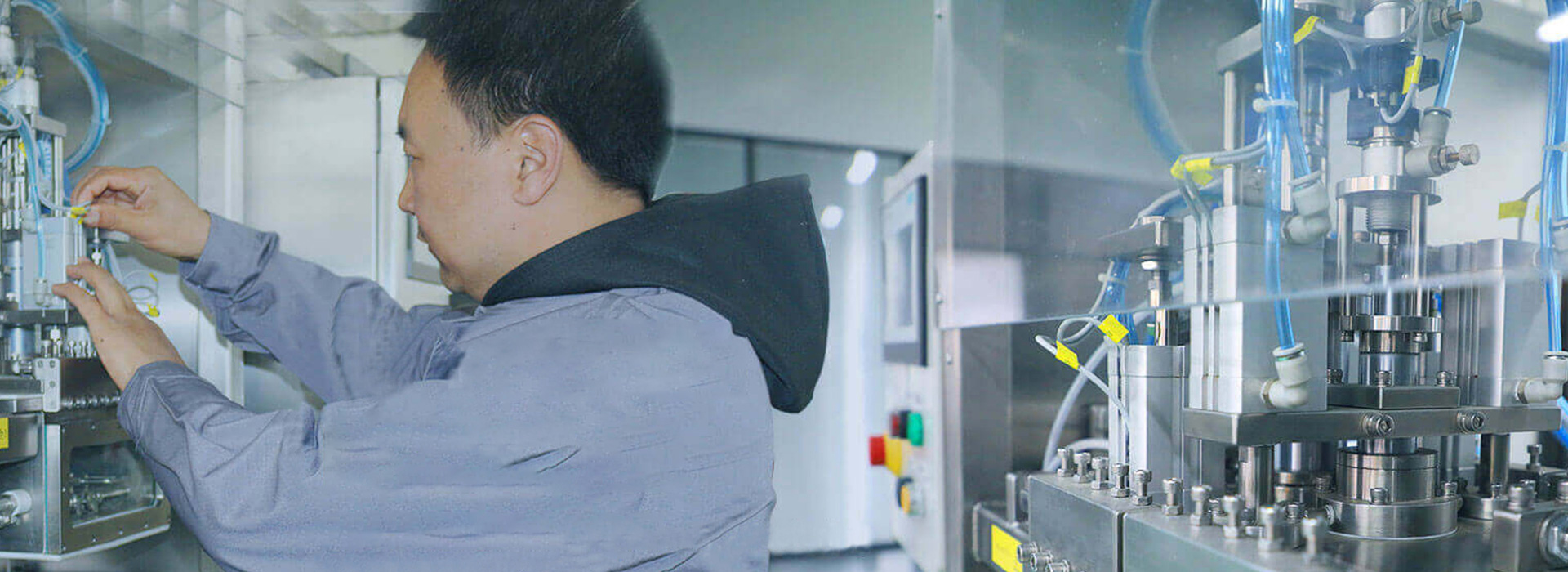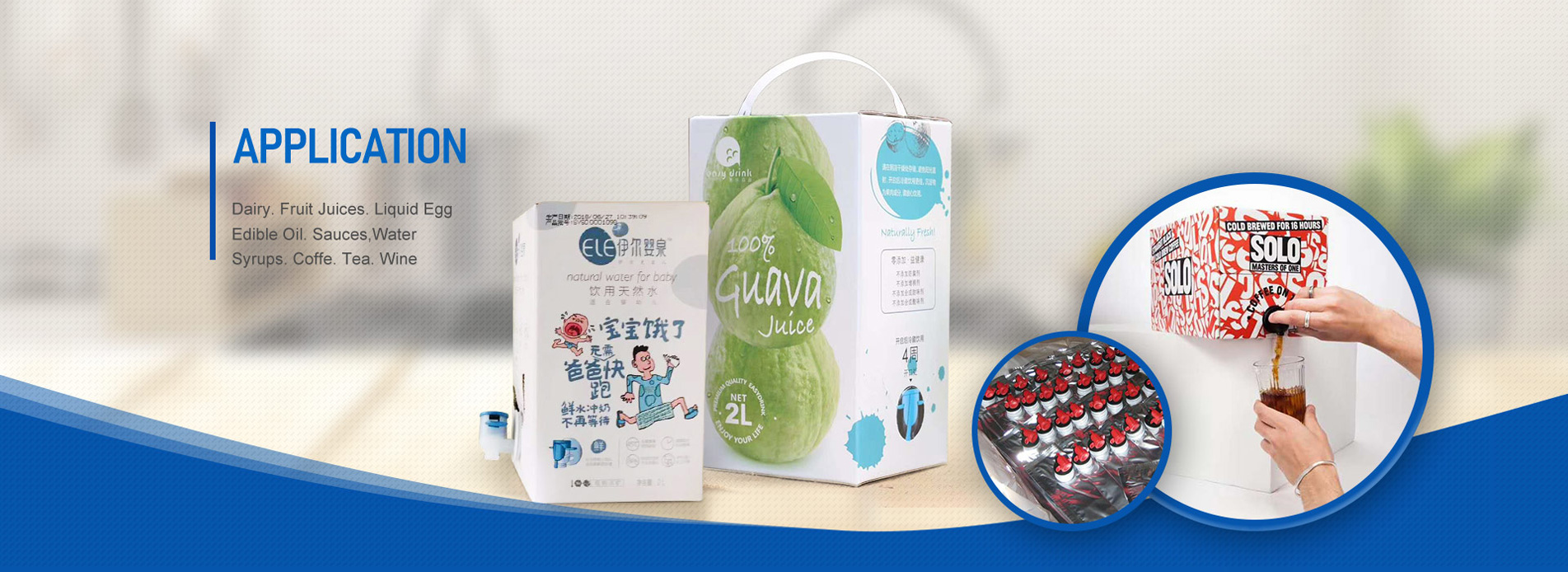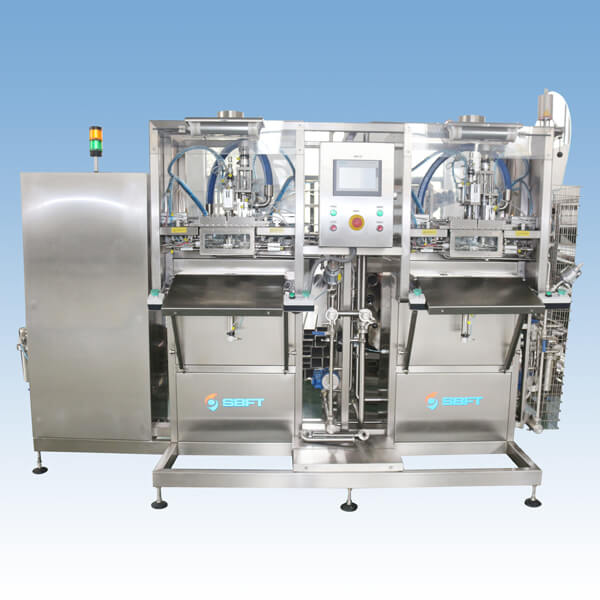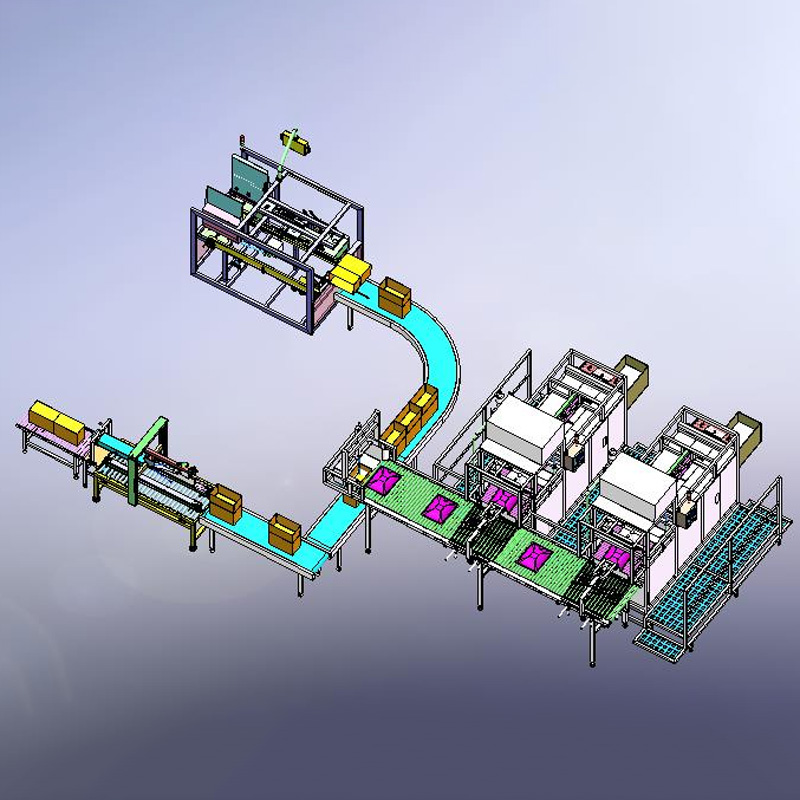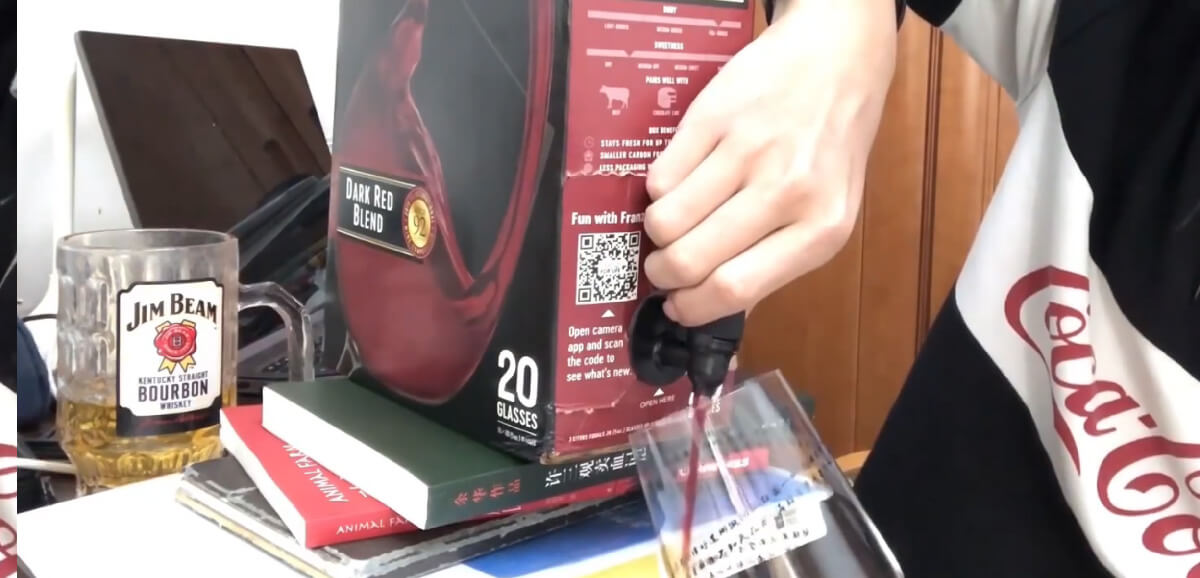
Bag-in-box packaging for wine offers a number of significant advantages over traditional glass bottle packaging:
Freshness: Bag-in-box packaging can effectively reduce oxygen exposure, extend the shelf life of wine, and keep it fresh longer.
Convenience: Bag-in-box packaging is more lightweight, portable and easy to store, especially suitable for outdoor activities and travel.
Environmental protection: Compared with glass bottles, bag-in-box packaging produces less carbon emissions during production, transportation and recycling and is more environmentally friendly.
Economical: The packaging cost of bag-in-box packaging is lower, which can reduce the price of the product and increase consumers’ willingness to purchase.
Sustainable development: The packaging materials of bag-in-box wine are easier to recycle and reuse, which is in line with the concept of sustainable development.
Bag-in-box wine offers several important economic advantages:
Low production costs: Bag-in-box packaging has lower production costs than traditional glass bottle packaging. Box and bag materials are relatively cheap, and the energy and resource consumption in the production process is also low.
Save shipping costs: Bag-in-box packaging is lightweight and saves shipping costs. The lighter weight reduces fuel and transportation costs, especially in larger shipments.
Reduced packaging costs: Bag-in-box packaging results in lower packaging costs. Compared with glass bottles, its materials are cheaper and the production process is simpler, thus reducing product prices and increasing consumers’ willingness to purchase.
Reduce waste: Bag-in-box packaging can better protect wine from oxygen and light, reduce the risk of wine spoilage, minimize producer losses, and thus improve the economic benefits of the product.
Post time: Jul-11-2024






